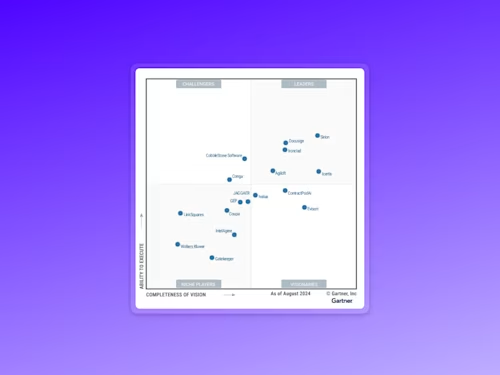
Create a Form for E-Signature with Docusign PowerForms
A PowerForm is a way to create a self-service online document for electronic signature without writing any code.
Table of contents

Whether it’s drive-through COVID-19 testing, servicing citizens wherever they are, onboarding volunteers and employees or managing equipment and maintenance requests, the ability to generate hundreds (or thousands) of on-demand, self-service documents for unknown recipients to sign can make all the difference for your organisation.
With PowerForms, you can eliminate document preparation time, reduce errors and easily pull all that collected data into your existing applications, further streamlining your processes, while delivering a better customer experience. And because they feature the same security and privacy protection you’ve come to expect from Docusign eSignature, you can trust that your data will be protected.
What is a PowerForm?
A PowerForm is a way to create a self-service online document for electronic signature without writing any code. It’s a unique, secure URL created from a template that you can link to from your website or distribute as a secure link via email. When filling out a PowerForm, the secure link doesn’t require signers to log in, which reduces friction and makes the entire process easier.
What are the ideal uses for PowerForms?
PowerForms are a great way to capture signatures and data when you don’t know who the signers are in advance. Organisations across a wide range of industries are using them to improve an even wider range of processes. A sampling includes:
Field service: there are a plethora of activities in field service that can benefit from a self-service form, including equipment requests, safety surveys and audits, maintenance records, electronic badge access sign-offs and training class sign-ins, to name a few.
Financial: banks and other financial institutions see a constant influx of account and policy change requests. Automating that process via a self-service form not only reduces manual effort, it provides a better overall customer experience and facilitates remote support.
Government: handling applications for assistance can be a very manual, time-consuming process, but with PowerForms, citizens can easily submit requests that go directly into the government systems.
Insurance: as with the financial industry, insurance companies can tap PowerForms to streamline account and policy changes.
HR: Anytime you can simplify HR operations, that’s a good thing. Waivers, PTO requests, exceptions to new company policies…any HR process that lends itself to employee self-service is a perfect PowerForm candidate.
Healthcare: If you’re looking to provide an online portal outside of your EHR, PowerForms can help you create a simple form on your website (or via a secure link in an email) that patients, physicians and vendors can use to easily submit paperwork directly into your online portal. Whether it be patient intake forms, documents to get staff or providers credentialed, or clinical study enrolments, the documents can be securely and directly uploaded to your EHR or document management system.
Forms and documents that can benefit from PowerForms
Businesses and other organisations use PowerForms for a variety of situations, including:
Account change requests
Activity waivers
Claims
COVID-19 intake queries
Credentialing
Donations
Employee handbooks
Employee onboarding documentation
Employee policies
Event sign-ins and registrations
Field service requests
License requests
New account openings
New customer signups
Patient intake forms
Physician contracts
Policy change requests
PTO requests
Release forms
Sales order forms
Standard NDAs
Statements of work
Visitor lobby registrations
Volunteer onboarding
How do PowerForms work?
Docusign customers can create a new PowerForm by simply selecting a template and clicking Create PowerForm from the Actions menu. If you haven’t used templates or need a refresher, read “Using Templates for Contracts and Forms in Docusign” for guidance on how to create forms, a list of pre-built templates and more.
Once you’re in the Create PowerForm View, you’ll see that the summary fields are pre-filled from the template information, which you can modify as needed.
Complete the summary information: this includes name and email subject.
Click the OPTIONS tab to set additional options: you can send a message to all signers and customise a number of other features in your PowerForm, such as email validation, usage settings, maximum number of signers and minimum time between responses.
Click CREATE to generate and activate your PowerForm: after creating it, you should test it, which is easy to do.
Capture the URL and/or embed code: this is equally easy, and you can do it immediately after creating the form or later via the Templates page.
Step by step instructions are available on the Docusign Support site, and if you’re more visually oriented, follow along with the video on how to create a PowerForm.
Related posts
 Insights for LeadersUpdated 11 Feb 2025
Insights for LeadersUpdated 11 Feb 2025

8 Contract Management Trends to Watch in 2025
Discover what's new with Docusign IAM or start with eSignature for free


